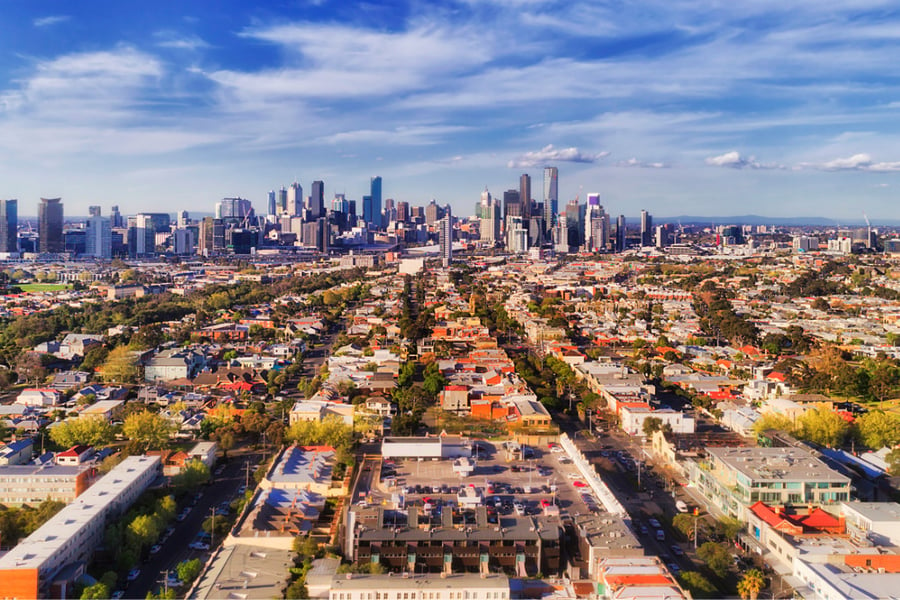Many borrowers are still on pause as the expiration of both deferrals and government assistance programs looms

Victoria has more outstanding mortgage deferrals than any other state as the end of government assistance programs looms.
While the vast majority of nationwide borrowers with mortgage deferrals from June have now resumed repayments, 82,000 Australians are still deferring their home loans, according to December data from the Australian Banking Association. Victoria has 31% of the original deferrals still being deferred.
By comparison, in New South Wales, only 21% of June’s deferrals are still on pause, according to an ABC News report. NSW initially had a higher number of deferrals, indicating that the state – which did not have a hard lockdown – has recovered more rapidly.
Australian Banking Association CEO Anna Bligh told ABC News that the banks have taken this into account when negotiating with borrowers in Victoria.
“I don’t think there’s any surprise that in a state like Victoria, which endured significantly longer lockdowns and therefore a longer closure on their economy, that it is taking them longer to get back on their feet,” Bligh said. “It’s about 10% slower, so it’s not a massive difference, but yes, you can see that there is obviously an impact.”
Read more: 85% of COVID-deferred loans back on track – ABA
Victoria is in a similar situation with small business loans, which have returned to regular repayments at a higher rate than mortgages. Victoria still has 17% of June’s deferrals on hold, while other states range from 6% to 8%.
However, the upcoming deadlines on remaining deferrals – coinciding with the scheduled conclusion of the JobKeeper program in its current form – means some loan holders will have to make “hard calls,” Bligh said.
“There’s no sugar-coating this. Come March [and] April, there are going to be businesses that are going to face some really tough decisions,” she told ABC News. “And there are going to be some homeowners, tragically, making some hard calls.”
Bligh said that banks would make decisions on further deferrals based on customers’ financial viability.
“It’ll depend on what industries people are in, what reasonable prospects they might have of getting back into work or the business, being able to get back into full turnover,” she said. “And banks want their customers to succeed. So if they see you’re only at 50% turnover but we can see you’ve increased 20% … we’re confident with another three or four months that you’re going to get back to 100%.”
The conclusion of the JobKeeper scheme in its current form will coincide with the end of the loan deferrals. Jo Masters, chief economist at EY, told ABC News that ending the scheme was tough but necessary.
“We have cushioned the blow but we can’t survive on these life-support-type policies like JobKeeper forever,” she said. “Ending JobKeeper – whilst that will be very difficult for many, and it’s really important that we support people through that restructure – is the right policy, partly because it’s hiding those zombie firms. It’s keeping alive all Australian businesses from the pre-COVID economy that we had. We’re not seeing the economic scarring that we would typically see in a recession.”



